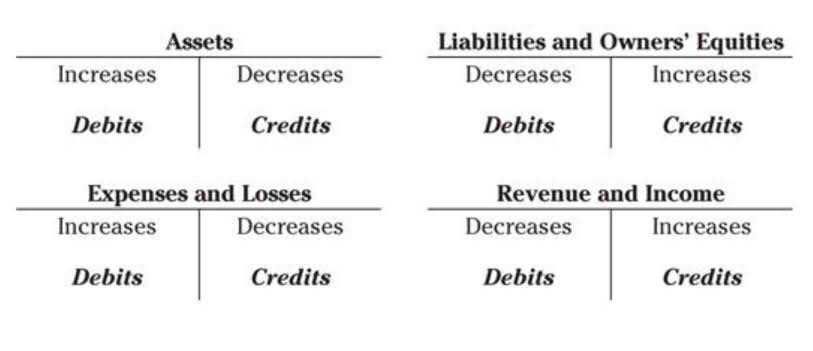
The intangible asset’s expected future cash flows are another critical factor. Intangible assets, like their tangible counterparts, require regular assessment to ensure their continued value to a business. The most common intangible assets do not include method used to evaluate intangible assets is impairment testing. Impairment testing helps companies determine whether the carrying value of an intangible asset exceeds its fair market value (FMV).

Goodwill, Patents, and Other Intangible Assets
- In accounting, an asset is the term used for any financial resource controlled by a company or individual.
- According to the IFRS, intangible assets are non-monetary assets without physical substance.
- While PP&E is depreciated, intangible assets are amortized (except for goodwill).
- When acquiring an intangible asset through mergers and acquisitions, the target company’s financial statements can offer valuable insights into the asset’s potential value.
- A portion of an intangible asset’s cost is allocated to each accounting period in the economic (useful) life of the asset.
Accounting for intangible assets differs according to whether the asset was purchased or internally generated, and whether the asset has limited or indefinite value for the company. Indefinite life intangible assets, like goodwill, do not have a finite life and are not subject to amortization. When the carrying value of an asset exceeds its fair value, an impairment loss is recorded to bring the balance sheet in line with economic reality. A crucial distinction to make is between indefinite and definite intangible assets.
Impairment Testing for Intangible Assets

For example, if XYZ Company paid $50 million to acquire a sporting goods business and $10 million was the value of its assets net of liabilities, then $40 million would be goodwill. Companies can only have goodwill on their balance sheets if they have acquired another business. In accounting, goodwill represents the difference between the purchase price of a business and the fair value of its assets, net of liabilities. Intangible assets are defined as identifiable non-monetary assets that cannot be seen, touched, or physically measured. Intangible assets are created through time and effort and are identifiable as a separate asset.

Overview of the Balance Sheet

For instance, brand recognition is an essential intangible asset that contributes to the success ledger account and longevity of companies like Coca-Cola, Google, or Apple. Unlike tangible assets, which lose value over time due to depreciation or obsolescence, intangible assets can appreciate in value if managed and leveraged effectively. Unidentifiable intangible assets are those that cannot be physically separated from the company.

Financial statements offer a structured view into a company’s financial health and performance. Among these, the balance sheet provides a snapshot of an entity’s financial position at a specific point in time. It systematically organizes what a company HOA Accounting owns, what it owes, and the ownership stake of its shareholders.
A city may give a franchise to a utility company, giving the utility company the exclusive right to provide service to a particular area. The net method deducts the grant from the assets book value to arrive at the carrying amount of the asset, while the gross method records the asset at its gross value (full purchase price) and sets up the grant as deferred income. A company will record an impairment loss if it deems the goodwill’s value has decreased from its recorded book value. R&D activities do not include routine or periodic alternatives to existing products, production lines, manufacturing processes, and other ongoing operations even though these alterations may represent improvements. For example, routine ongoing efforts to refine, enrich, or improve the qualities of an existing product are not considered R&D activities. In addition to providing benefits, a franchise usually places certain restrictions on the franchisee.
- Goodwill arising from the acquisition consists largely of anticipated synergies and economies of scale from the combined companies and overall strategic importance of the acquired businesses to Albemarle.
- Indefinite intangible assets are not amortized but rather tested for impairment each year.
- A copyright is a grant, issued through the federal government, giving the owner exclusive rights to publish, sell, or otherwise control literary or artistic products during the life of the creator, plus an additional seventy years.
- However, not all intangibles are amortized; indefinite-lived intangible assets, such as goodwill, do not have a determinable useful life and thus are not amortized.
Other examples of contract-based assets include use rights and rental agreements. A rental property contract, for instance, may contribute to a company’s value by guaranteeing access, for a specified period, to a location or a customer population. Construction permits and local/federal permits are other types of contracts that can be listed among a company’s assets. In accounting, a resource must meet certain requirements to be considered an asset.